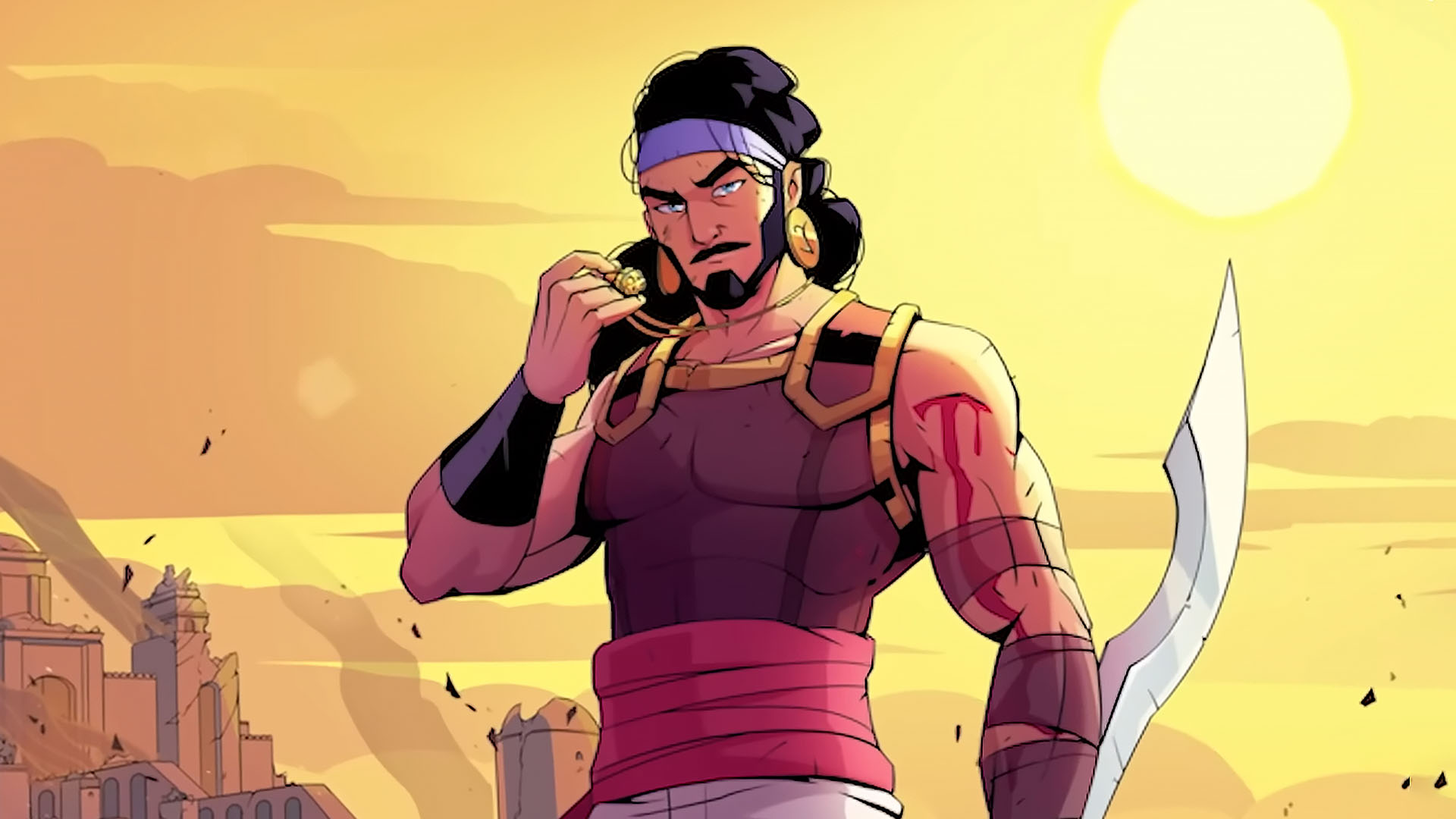For nearly two decades, the Prince of Persia franchise has stood as a cornerstone of action-adventure gaming, influencing titles across genres. When Ubisoft announced The Rogue Prince of Persia, excitement and curiosity surged among fans eager to see how the beloved series would evolve. Unlike its predecessors, this game shifts into the roguelite genre, combining fast-paced combat with dynamic replayability. In this article, we’ll explore what makes The Rogue Prince of Persia unique, why it matters in today’s gaming landscape, and how it pays homage to its legendary roots.
What Is The Rogue Prince of Persia?
The Rogue Prince of Persia is a roguelite action-platformer developed by Evil Empire in collaboration with Ubisoft. Rather than following the traditional linear narrative structure of earlier Prince of Persia games, this title introduces procedurally generated levels, ever-changing challenges, and a high degree of replay value.
Players step into the role of the Prince, navigating a perilous world filled with traps, enemies, and hidden secrets. Each run offers a fresh combination of environments, ensuring no two playthroughs feel the same. This design mirrors successful roguelites like Dead Cells—a comparison made even stronger by Evil Empire’s experience working on that very franchise.
Core Gameplay Mechanics
The heart of The Rogue Prince of Persia lies in its fluid movement and precise combat. Ubisoft has always been praised for the Prince’s acrobatic agility, and this installment elevates that legacy.
Parkour and Exploration
- Wall-running, vaulting, and flips remain essential to traversal.
- Environments are built vertically, encouraging players to use momentum and creativity to overcome obstacles.
- Secret paths reward players who master movement rather than relying solely on combat.
Combat System
The combat is deliberately fast and skill-based. Players wield a variety of weapons, from curved blades to bows, each offering different attack speeds and combos. Enemies vary in type, forcing players to adapt strategies rather than relying on button-mashing.
Roguelite Progression
Unlike linear titles in the franchise, progress in The Rogue Prince of Persia is tied to runs. Dying doesn’t mean losing everything—players retain certain upgrades, unlocking new skills and weapons to aid future attempts. This system keeps the challenge high while rewarding persistence.
How It Differs from Previous Prince of Persia Games
Long-time fans may wonder: how does this game compare to classics like The Sands of Time or Warrior Within?
- Narrative Depth vs. Replayability: Earlier titles focused on intricate storytelling and cinematic cutscenes. Here, the emphasis is on replayable gameplay loops with smaller narrative pieces woven throughout.
- Procedural Design: Unlike fixed levels of the past, the new game generates dungeons and challenges dynamically.
- Combat Philosophy: Where older titles leaned on combos and time manipulation, The Rogue Prince of Persia integrates roguelite unpredictability and tactical variety.
In short, this installment does not attempt to replace its predecessors but rather expands the franchise into a new dimension.
Why a Roguelite Approach Makes Sense
The decision to make The Rogue Prince of Persia a roguelite is not random. The gaming industry has seen tremendous success with this genre, thanks to titles like Hades and Dead Cells. These games thrive on replayability, community engagement, and streaming popularity.
Ubisoft’s move allows the Prince of Persia brand to reach a new audience while retaining its recognizable core identity: speed, agility, and combat mastery. For long-time fans, this is both a nostalgic nod and an exciting evolution.
Visuals and Artistic Direction
One of the standout features of the game is its striking 2D art style. Inspired by Persian culture and mythology, the visuals blend hand-drawn environments with modern animations. Each level feels alive—whether it’s the bustling markets, shadowy ruins, or mystical temples.
The artistic approach ensures the game remains distinct from other roguelites, while honoring the Persian heritage that has always been central to the franchise’s identity.
Community Reception and Expectations
Early previews and hands-on tests have generated positive buzz. Many players appreciate the decision to experiment with genre while keeping the spirit of the franchise intact.
Critics have also noted that the collaboration with Evil Empire was a smart move, as the studio has proven expertise in designing addictive roguelite systems. If successful, this game could breathe fresh life into the brand and reestablish Prince of Persia as a household name in modern gaming.
For readers interested in exploring more roguelite experiences while waiting for launch, Dead Cells from https://mega888.com.co/918kiss/ remains a highly recommended title by the same development team.
Frequently Asked Questions
Is The Rogue Prince of Persia connected to the Sands of Time trilogy?
No, the game is a standalone entry. While it borrows thematic elements and mechanics like parkour, it does not directly continue the storyline of earlier titles.
Will the game feature time manipulation powers?
As of early previews, time manipulation does not appear to be a central mechanic. Instead, the focus is on skillful movement, combat, and roguelite progression.
Which platforms will it be available on?
Ubisoft has confirmed release on PC and major consoles, with potential expansions depending on player demand.
Final Thoughts
The Rogue Prince of Persia represents a bold step forward for a legendary franchise. By embracing the roguelite genre, Ubisoft and Evil Empire are offering players a blend of nostalgia and modern innovation. Whether you’re a long-time fan or new to the series, this game promises a unique adventure defined by skill, replayability, and artistic flair.
For gamers seeking a fresh challenge rooted in classic action design, keeping an eye on The Rogue Prince of Persia might be one of the best decisions of the year.


